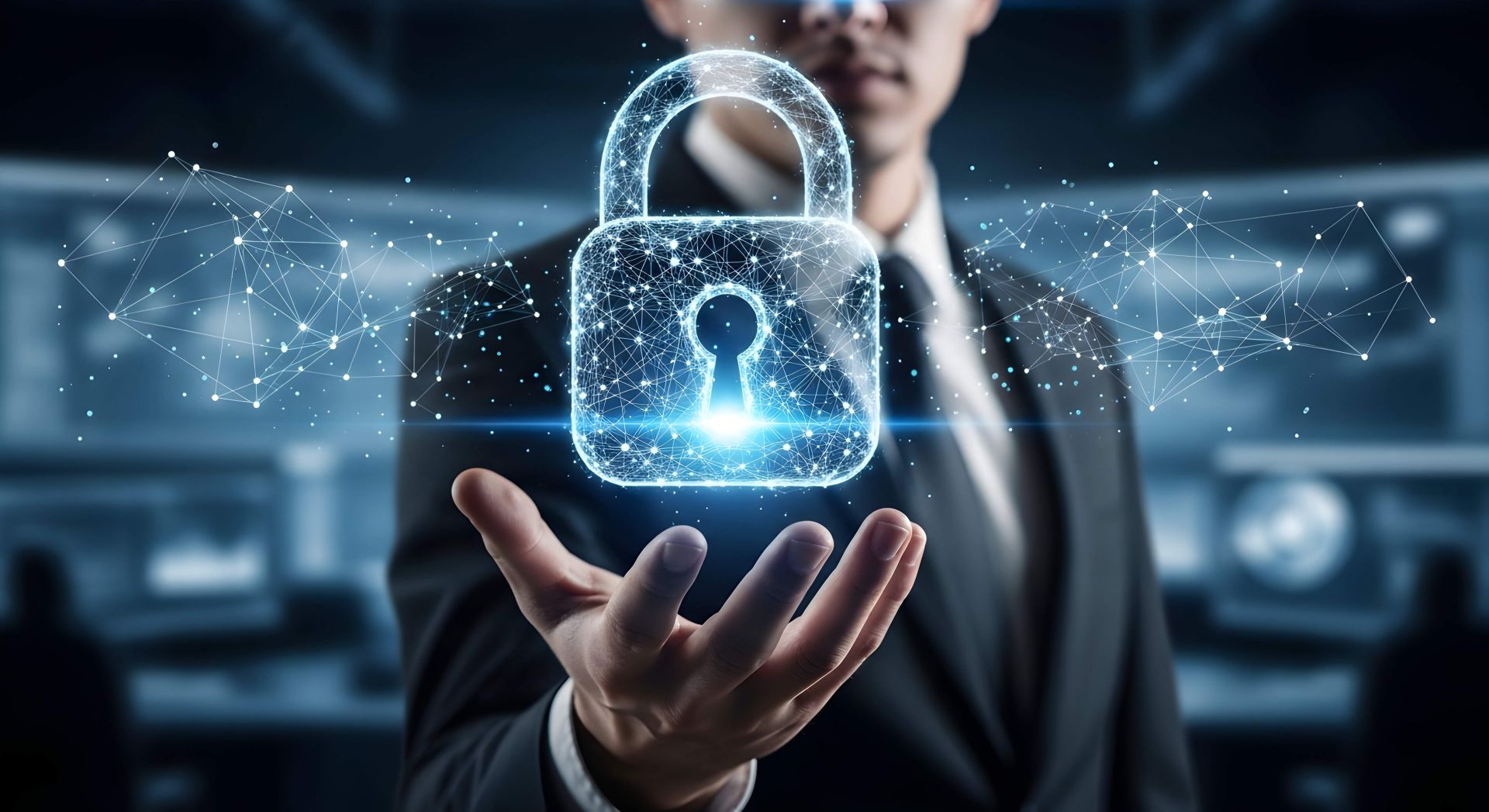Highlights
ERP, MES, WMS
Every third Euro spent on a washing machine goes to a manufacturer in Poland and every eighth car part produced in Europe comes from our country. Looking at the numbers alone, one might think that it is an important and technologically developed industrial center.
Every third Euro spent on a washing machine goes to a manufacturer in Poland, and every eighth car part produced in Europe comes from our country. Looking at the numbers alone, one might think it is a crucial and technologically developed industrial center.
MES, (Manufacturing Execution Systems) is a class of tools collecting real-time information directly from production stands, allowing you to react immediately to any irregularities in the process. The obtained data makes it also possible to analyze key efficiency indicators in production.
What MES is for production, WMS (Warehouse Management System) is for the warehouse. You can notice a lack of such systems in many online stores and even local retail chains.
If there is no MES or WMS in a company, planning and inventory are done solely through accounting. No one has any idea of what is happening on the production floor or in the warehouse.
The warehouse is a black box that can only be analyzed in its entirety. In practice, however, effective logistics cannot be built with only superficial knowledge of what and where is stored and at what state of completing an order is.
It goes without saying that with such a level of process visibility, you can’t count on their effectiveness. After all, as the old saying goes, “if you ae not measuring something, you cannot manage it”.
As a result, instead of these systems working together in synergy, we have islands of software implemented around specific machines or execution systems.
I have talked to factory engineers, software and automation vendors, and I never got any answers. However, I used to be involved in ERP design and implementation myself, and I think that I can risk saying that I understand why.
IT and Industry 4.0
ERPs are generally implemented by software integrators whose expertise is centered around screens, printouts, and reports from computers and terminals running in the company.
When it comes to controlling a production line, an executive device such as a laser or a vision system, displaying process status on synoptic boards or simply activating an andon light – the competencies of an integrator turn out to be insufficient. IT companies usually do not employ industrial automation specialists, lean specialists, or production process engineers.
Meanwhile, on and around the production floor, expensive equipment, machinery and automation technology reign supreme. They are necessarily implemented by various companies often concerned only with their equipment and high contractual penalties for downtime due to failures.
Similarly, on the shop floor of a modern warehouse, roller conveyors, belt conveyors, sorters, stackers, gravity slides are used. You can read about them all, for example, in “Introduction to the Automated Warehouse” (it was created by the National Center for Supply Chain Automation in the United States, and its goal is to increase the number of skilled technicians in this country).
General knowledge about the types of automation used in the warehouse is useful to anyone managing logistics.
Such equipment is not offered by companies from the IT world, but rather by integrators specializing in automation and a narrow group of processes that use the devices they sell.
This is why Industry 4.0 has been slow to catch on here. Robotization of some technological operation or hanging colorful boards in a plant are not enough to talk about the fourth industrial revolution.
The way to it leads rather through preparation and implementation of an Industry 4.0 strategy which considers the synergy of the IT and automation worlds. As a result, the proverbial screw will not only be visible in the ERP system as “various nuts and bolts, kg”, but will also be included in traceability processes, production line control, quality assurance processes, material flow processes and floor operations.
_________________________________________________________________________
The article was written by Adam Sobolewski, Supply Chain & Operations Manager at logistykapoprostu.pl and Bartłomiej Łatka, Business Development Manager in Euvic.










